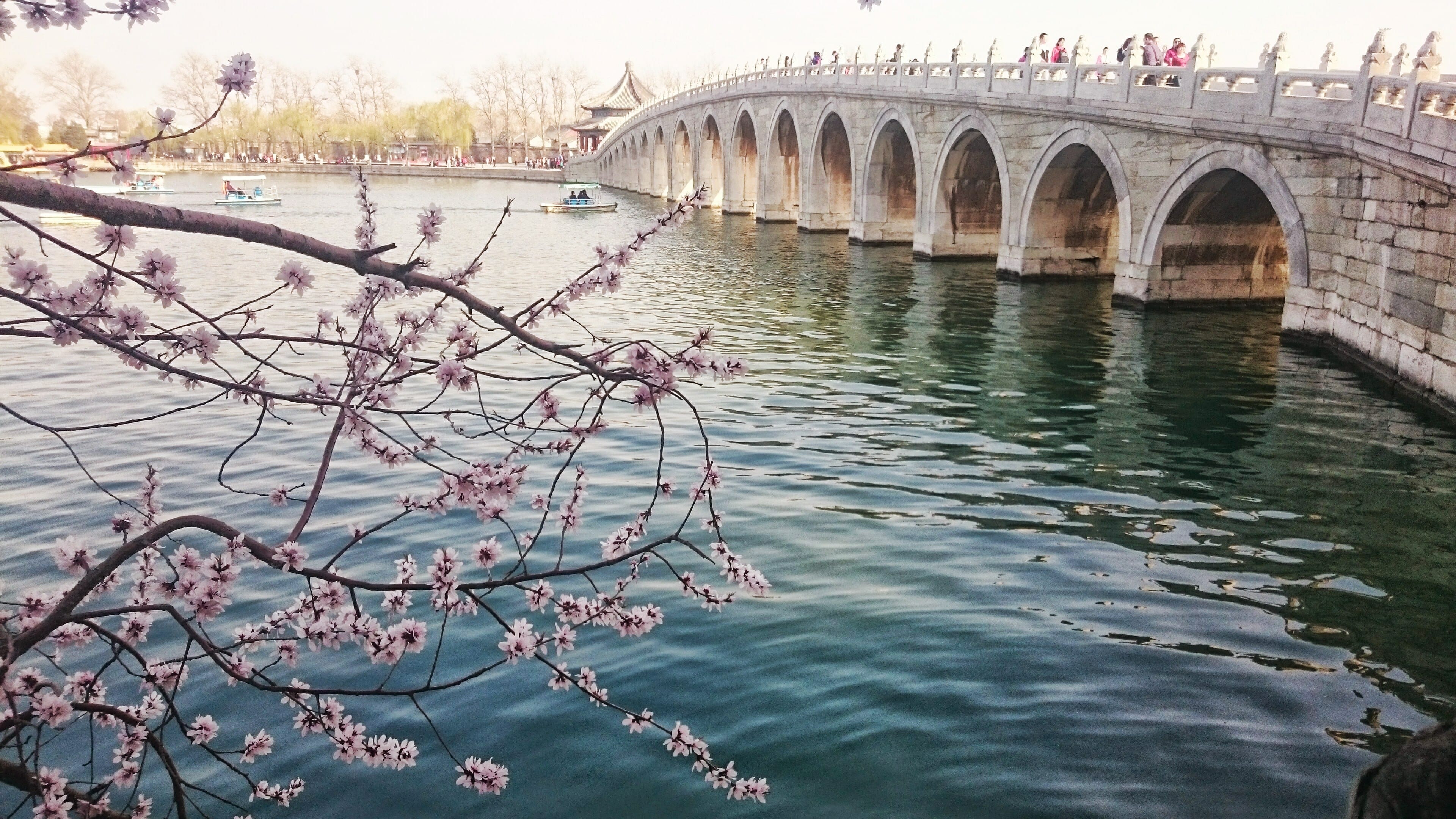Written by Jamie Alyssa Lao & Moira Lae Demitri Ordoñez
Edited by Patrick Ang and Aaron Medina
Photos by Jamie Alyssa Lao
Every once in a while, it’s nice to take a good look around the world that envelops us. There are blue skies that remind us of the charm of the golden sun. There are, perhaps, green trees that calm the mind. For every color, there is an association. In fact, for a lot of Chinese-Filipinos, colors play a huge role in their everyday lives. They’re not only seen in the everyday objects, but they also influence decisions. For example, a Chinese-Filipino would normally be disallowed to wear the color black especially during birthdays. Wearing black, according to traditional myth, anyway, draws evil spirits––either that or a very angry ah-ma. It makes one wonder as to how these colors came to be associated with various beliefs.
One of the most common colors found within the Chinese-Filipino culture would be red. Red represents a variety of things such as happiness, joy, and fertility. Thanks to the good associated with this color, it’s commonly worn on happy occasions such as birthdays, tinghuns (engagement ceremonies), and even some funerals for people who have lived to the fourth generation. Red is generally used to express celebration.

Another positive color would be yellow. Its bright hue symbolizes things such as power and prosperity. Perhaps this is so because of its association to China’s legendary ruler known as “The Yellow Emperor.” A close relative of the color yellow is the color gold. Both colors represent regal power, but gold may also represent the idea of freedom.
A lesser known color would be the color purple. This dark color may sometimes be wrongly associated with black. Purple, however, holds a deep religious meaning and is actually a symbol of divinity. In the modern era, this color is actually also associated with love and romance.

Now, on to the colors that are less favorable to those who abide by the intricate system of Chinese color symbolism.
Black symbolizes virtues like profundity, adaptability, and willpower, but it also represents things like destruction, cruelty, illegality, disaster, and secrets. In fact, according to traditional Chinese belief, the color is associated with bad luck as it denotes profound sadness and suffering. Hence, it is frowned upon, if not forbidden, to wear black clothes on joyous occasions like birthdays, especially that of elderly relatives. Doing so would be unfilial, disrespectful, and synonymous to wishing that relative ill and dead.
From gods and goddesses in high fantasy series to royal scholars in period dramas, blue is a staple in the clothing selection of characters in Chinese dramas. It symbolizes immortality, advancement, healing, relaxation, and calmness. Nonetheless, there is a particular shade of blue that one should be wary of: funeral blue. What’s baffling is that there isn’t a specific shade that is definitive of funeral blue.

Green symbolizes harmony, growth, wealth, and health, more specifically cleanliness and purity from contamination. An interesting tidbit is that green also symbolizes infidelity; many cite the fact that the families of prostitutes were once mandated to wear green headscarves. Hence, today, it is taboo for a man to wear a green hat or to put anything green on his head.
Finally, while white symbolizes innocence and purity like it does in most other cultures, the color is also symbolic of bereavement and death and has been so since time immemorial.
To the Chinese, the concept of luck is everything. There is no culture that believes in luck more than the Chinese culture. As a result, color plays such a significant role in influencing decisions made in the daily lives of the Chinese and by default, the Chinese-Filipinos. In Chinese culture, colors are riddled with symbolic and hidden meanings, and being unaware can potentially ruin even the best of intentions.
Citations:
“8 COLORS AND THEIR SYMBOLISM IN CHINESE CULTURE”, Big Chill
“Color Meanings” by Jacob Olesen
“Colors in China: What do they mean?” by George Allen
“Chinese Superstitions | What You Should Know” by China Mike
“Very Superstitious”, Transparent Language
“Avoiding insult and injury when using color in China” by Simon Cousins
“Chinese Colors And Meanings” by Campbell Alizzi




